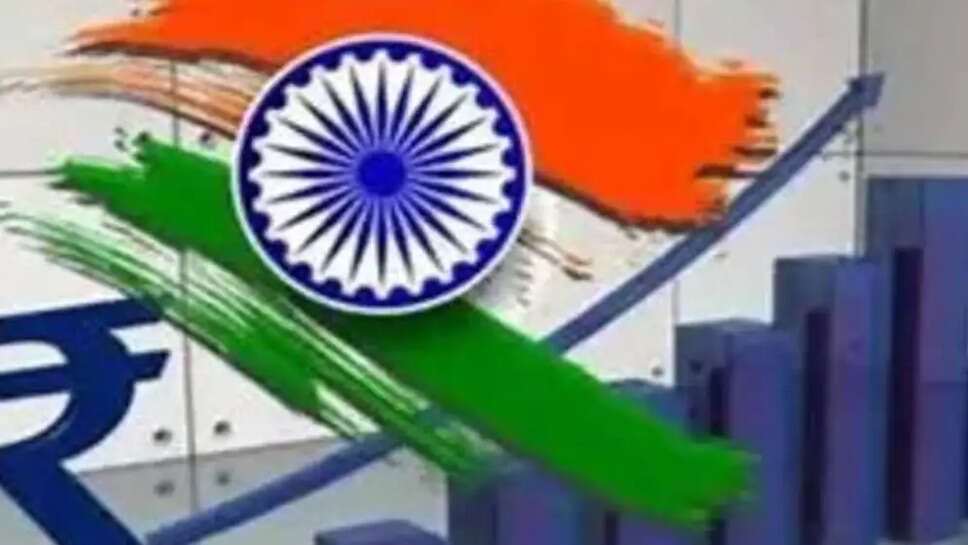Budget 2025-2026: Setting up for Viksit Bharat 2047

While the focus on tax reforms for the middle class is noteworthy, the commitment to capital expenditure remains strong. The capital expenditure for FY25 was budgeted at Rs 11.1 lakh crore. However, the government will significantly undershoot the target and achieve 10.2 lakh crore. Despite this dip, recent months have shown significant improvements. Looking ahead, the Capex budget for FY26 is set at Rs 11.2 lakh crore, marking a 10% increase compared to FY25.
When factoring in government grants to states, the total projected expenditure rises to Rs 15.5 lakh crore, reflecting a robust increase of 17.4% over the previous year. Combining the recent uptick in capital expenditure with promising growth prospects for FY26 means that capital expenditure should not pose a challenge. Despite a slight setback in public capital expenditure from the market, the chances of a positive outlook have increased substantially.
Moreover, even with the reduction in direct taxes and reasonable allocations for capital expenditure initiatives, the focus on fiscal consolidation remains. The fiscal deficit for FY25 is estimated at 4.8%, with a projection of 4.4% for FY26, supported by a nominal GDP growth rate of 10%. These estimates seem reasonable. The reduction in the fiscal deficit could open the door for a rate cut in the next RBI meeting, making a 25 basis points rate cut likely, which would not only support consumption but also positively impact the investment environment.
